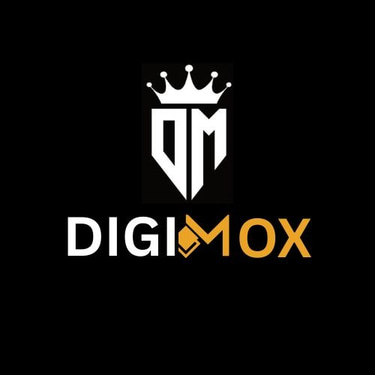What is Social Media Marketing?
Social Media Marketing (SMM) is all about using platforms like Facebook, Instagram, Twitter (now called X), LinkedIn, and others to connect with your audience, grow your brand, boost sales, and drive traffic to your website. It’s not just about posting a few pictures or writing a clever caption. It’s about creating the right content — whether it’s a short video, a carousel of images, a thought-provoking post, or even a meme — and sharing it in a way that actually resonates with people. At its core, SMM is about building relationships. That means understanding how each platform works, engaging with your followers, and showing up consistently so people remember you and trust you. The mission is simple: bring the right people to your site without paying for every click. But here’s the twist—SEO in 2025 isn’t about stuffing pages with keywords and crossing your fingers. It’s about creating a fast, trustworthy, and genuinely helpful online presence that humans love to visit and search engines love to recommend
5/8/20242 min read


Why Social Media Marketing Matters More Than Ever
Let’s face it — the world is online. In fact, more than 4.9 billion people are active on social media, and that number is still climbing. That’s more than half the planet in one giant, interconnected community.
For businesses, this is huge. Social media offers something that old-school marketing channels can’t: instant, two-way communication with your audience. You’re not just shouting a message at people — you’re starting conversations.
Here’s why it’s a must-have today:
Direct Connection – Talk to your customers in real time.
Massive Reach, Low Cost – Reach millions without spending like you’re buying a Super Bowl ad.
Deep Insights – Analytics show you exactly what your audience loves (and what they don’t).
Competitive Edge – Strong social presence builds trust and keeps you ahead of rivals.
Bottom line? In today’s digital-first world, skipping SMM is like opening a shop and forgetting to unlock the front door.
Benefits of Social Media Marketing
1. Builds Brand Awareness
Social media gives you a stage in front of millions. Every post, story, or video you share is a chance to show who you are and what you stand for.
Think about Coca-Cola — you spot that red-and-white logo anywhere and instantly think of the brand. That’s the power of consistent, memorable social media presence.
How to make it happen:
Post regularly with content that reflects your brand voice.
Use hashtags that help new people discover you.
Team up with influencers to reach fresh audiences.
2. Generates Quality Leads
Social platforms aren’t just about likes — they can bring in real business. With targeted campaigns, you can reach exactly the kind of people most likely to buy from you.
Facebook Lead Ads let people sign up without leaving the app.
LinkedIn is perfect for B2B networking and lead generation.
Pro Tip: Offer something valuable — a free guide, discount code, or trial — to encourage sign-ups.
3. Boosts Sales and Revenue
From Instagram Shopping to retargeting ads that follow people who visited your site, social media has become a direct sales channel.
Example: Zara teases new collections on Instagram, creating hype that drives instant purchases online and in-store.
Platform-by-Platform Strategy
Facebook – Wide audience, especially ages 25–45.
Best for: Videos, polls, live Q&As, blog shares.
Tip: Build niche communities through Groups.
Instagram – Millennial & Gen Z favorite.
Best for: Reels, carousel posts, Stories, influencer collabs.
Tip: Keep a consistent visual theme.
Twitter (X) – Fast, news-driven conversations.
Best for: Updates, trending topics, polls.
Tip: Tweet multiple times daily to stay visible.
LinkedIn – The go-to for professionals.
Best for: Thought leadership articles, industry news, networking.
Tip: Join and engage in relevant LinkedIn groups.
Content Marketing in SMM
Your social media content can be:
Educational – Tutorials, how-to guides.
Entertaining – Memes, relatable stories.
Inspirational – Quotes, success stories.
A content calendar is your best friend here. Tools like Trello, Notion, or Hootsuite help you plan ahead so you’re always consistent and aligned with your campaigns.
Paid Advertising in SMM
Organic reach is great, but paid ads help you scale faster.
Facebook Ads: Hyper-target by age, interests, and location.
Instagram Ads: Perfect for showcasing products visually.
Twitter Ads: Promote tweets and target keywords in trending discussions.
Always test different versions (A/B testing) to see what works best.
How to Boost Engagement
Engagement is the heartbeat of SMM — it’s all the likes, shares, comments, clicks, and saves your content gets.
Ways to increase it:
Ask questions your audience wants to answer.
Run polls, quizzes, or challenges.
Share user-generated content to make followers feel valued.
Reply quickly to messages and comments
Connect
Get in touch for your digital marketing needs.
Support
Follow
+91-8397982724
© 2025. All rights reserved.
